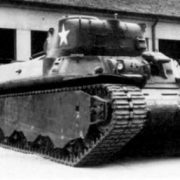M24 Chaffee Light Tank
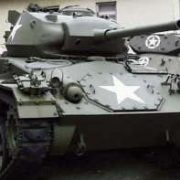

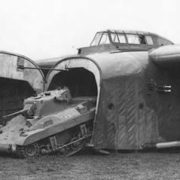
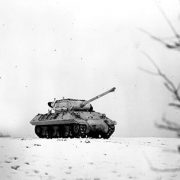
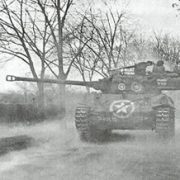
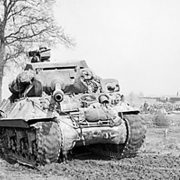
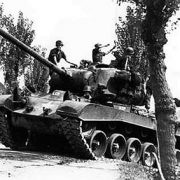
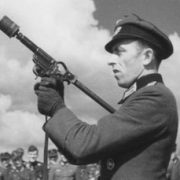
Developed from a flare pistol this German anti-tank weapon was used in WWII and intended to fire a small shaped warhead to defeat the armor on tanks.
However the warheads were too small to be effective and the pistols were not accurate at any range.
It may be said that this was one of the
A rifle of complex design by Rheinmetall and used in WWII.
The 0.312inch (7.92mm) round had a hardened steel core.
A large cartridge enabled the rifle to impart a muzzle velocity of 3,740ft/s (1,140m/s) and armor penetration of 1.2inches (30mm) at 110yards (100m).
The PzB38 was costly and prone to dirt damage in use.
In
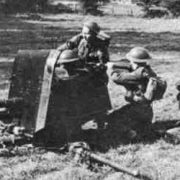
Developed by the Ordnance dept and Vickers but manufactured by BSA for use in World War II.
The 2 Pounder was a heavy gun and was emplaced, thus it could not be moved swiftly.
It had a semi-automatic breech mechanism and telescopic sights.
The gunner was provided with a seat and a full fixed shield
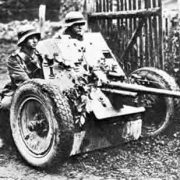
Developed secretly by the Germans in the 1920s, despite being subject to constraints under the treaty of Versailles, the Pak-35/36 Rheinmetall anti-tank gun fired an armor piercing round of 1.457inches (37mm) caliber at a muzzle velocity of 2,500ft/s (762m/s).
The round weighed 24oz (680g) and was capable of penetrating 2.2in (56mm) of armor at 220yards (200m).
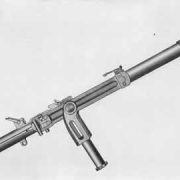
The Stahlwerke Becker 20mm automatic cannon was a very light anti-tank weapon that was fed from a magazine.
A few of these were used in combat in early 1918. But, they were problematic in use under combat conditions at the front line, proving difficult to handle and aim.
As an anti-tank gun they were used
